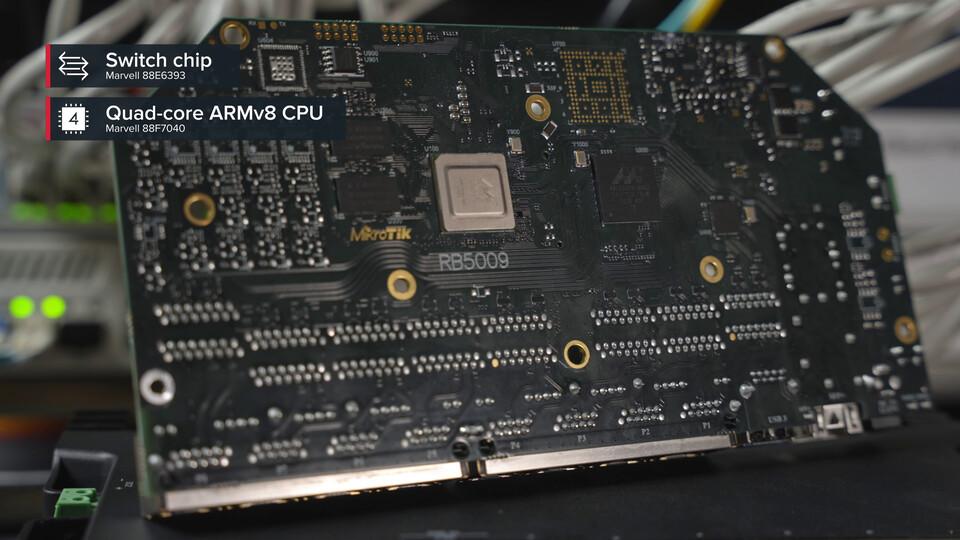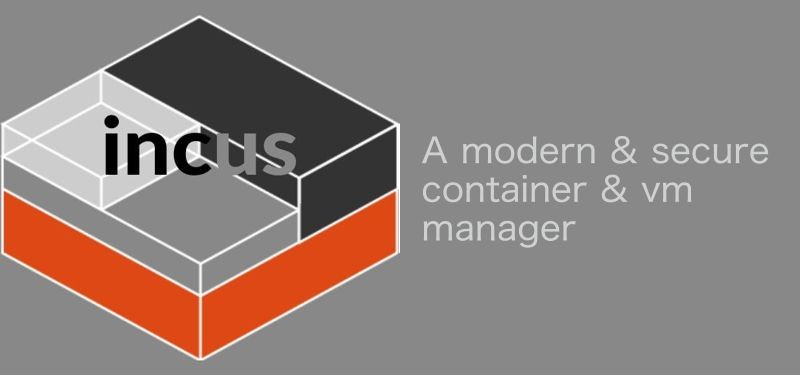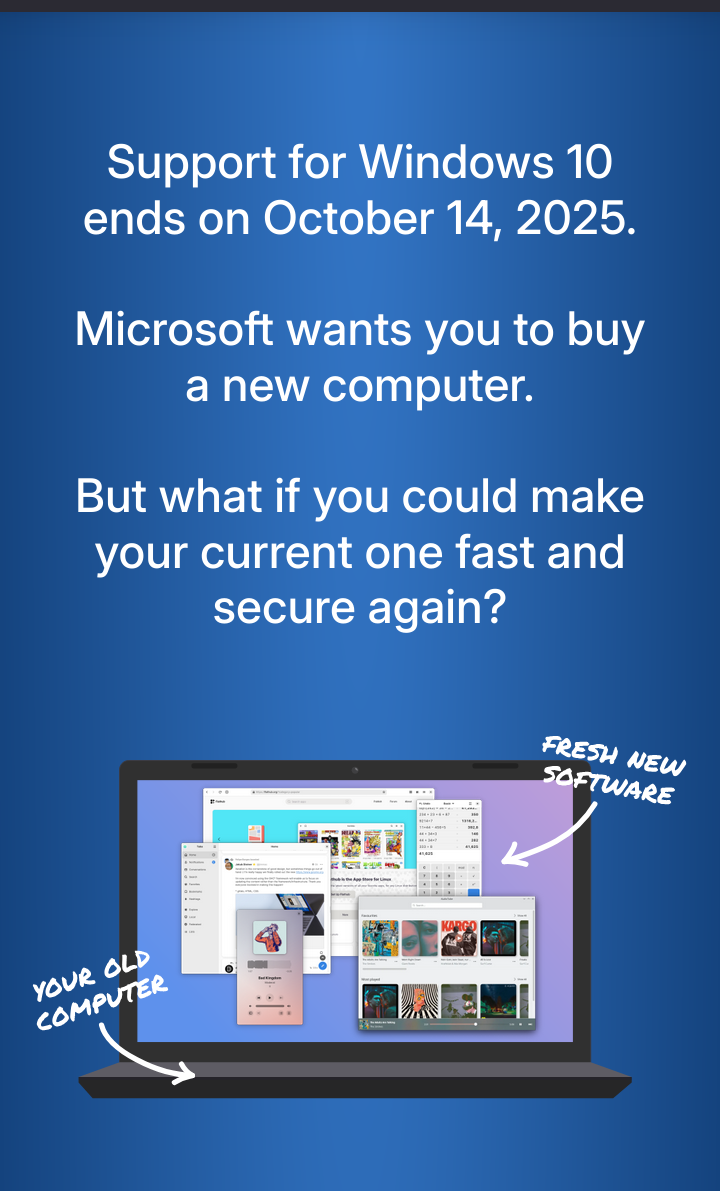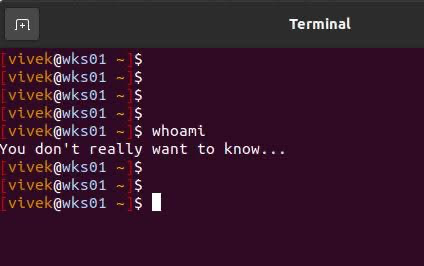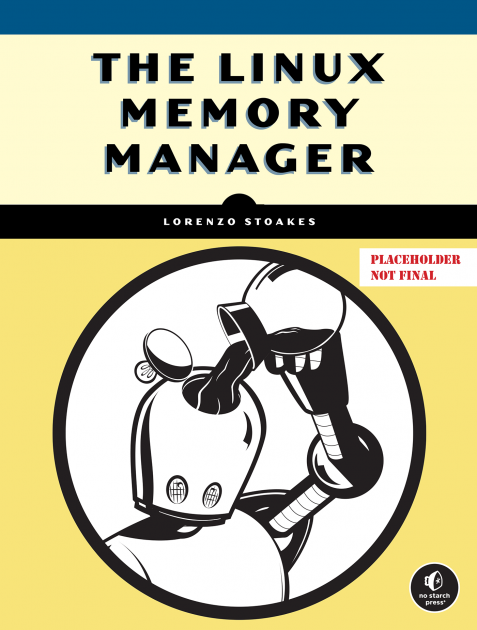Search results for tag #linux
@stefano openSUSE has come a long way. My first experience with it was SUSE Linux Professional 9.3 back in 2005. Desktop Linux was still in its early stages then and it did alright. A little buggy in some places but otherwise OK. I used its enterprise variants over the years, rather enjoyably.
I used it again briefly on another build in 2013. Just after restoring my data into a freshly installed system, the OS locked up *hard*. After the reboot, everything and I mean *everything* I had just restored to /home/pete was gone. Including the rest of my profile. The directory was empty. I went back to Debian as a daily driver and didn't touch openSUSE for almost a decade.
I decided to try both Tumbleweed and Leap 15 on a spare laptop. Yes, both are stable and have improved over the years. I prefer Leap over Tumbleweed. Unfortunately, due to that one data loss experience I am skeptical of using it (as a daily driver). I hope you have a much better experience with it.
Credit tends to flow to the applications using the platform, not the platform engineers themselves. It is a sad reality because reliable infrastructure is expected, the effort to achieve and maintain it becomes baseline, not something worthy of specific acknowledgment or appreciation until it fails. (2/2)
💻 HomeLab & Mikrotik RB5009 💻
Do you really need the missing serial console for remote out-of-band managemnt, like most of their devices?
Well, I had one and then returned it for that reason. I've been considering it again, but not without the serial connection... so a little digging around and I found some PCB images and quick info on the OpenWRT site.
Then decided to add those bits to a fork for personal tracking... for those interested in the PCB photos and quick-doc:
- https://github.com/em-winterschon/openwrt-rb5009/pull/1/files
Clearly still a WIP, and would need to re-purchase the device to test it out... so perhaps in the next few months that will happen.
Some light discussion: https://forum.openwrt.org/t/add-support-for-mikrotik-rb5009ug/104391/3
On continue la migration de VM sous #Proxmox, c'est tout de suite sur https://twitch.tv/ahp_nils ! #sysadmin #devops #twitchfr #twitchstreamer #TwitchStreamers #linux
I've been reading an interesting article by Liguo Yu et. al., "Maintainability of the kernels of open-source operating systems: A comparison of Linux with FreeBSD, NetBSD, and OpenBSD" (DOI: 10.1016/j.jss.2005.08.014). Keep in mind, the article is from 2005 (published in 2006), so it would be interesting to know how things have changed since then. We are talking here about #Linux 2,4,20, #FreeBSD 5.1, #NetBSD 1.6 and #OpenBSD 3.3.
The article basically explores maintainability of said OSes judging mainly by usage of global variables.
Here's some interesting takeouts.
"Unsafe definition" is in their terms a usage of global variables between kernel modules and non-kernel modules.
As a long-time Sway window-manager user on #Linux, I gave #Cosmic a try today on a new laptop.
I was surprised that it it seems to support all the tiling keyboard shortcuts I wanted use and nearly all my other other configuration.
One feature missing for me was remapping some mouse keys via libinput.
I'll stick with Sway for now because I have it dialed in with no major complaints, but will keep an eye on Cosmic's future releases. Impressed.
New blogpost: "Installing postmarketOS with full disk encryption on a OnePlus 6"
The start of my adventure with @postmarketOS, bringing Linux-based life back to an old phone.
postmarketOS isn’t just a fun technical project - although it is a fun technical project - it is part of an important movement of recognising and mitigating the impact of electronic waste and excess consumerism, and giving perfectly functional hardware a new lease of life, without ads or trackers.
https://neilzone.co.uk/2025/05/installing-postmarketos-with-full-disk-encryption-on-a-oneplus-6/
Is #Incus the #Proxmox Killer? A Bold New Approach to Lightweight Virtualization.
In my latest blog post we install, configure, create a cluster and place a guest.
#virtualization #vm #virtualmachines #linux #lxc #opensource #cluster #ha #homelab #homrlabs #debian #RockyLinux
Microsoft hätte am liebsten, dass alte Computer mit Ende Oktober 2025 (dem Ende von Windows 10) weg geworfen werden, nur, weil sie nicht "Windows 11 kompatibel sind".
Das ist natürlich komplett unnötig, denn Linux läuft normalerweise super auf diesen Geräten.
Gerade deshalb ist diese Aktion von KDE so cool, weil sie zeigt, warum ein Upgrade auf Linux sinnvoll wäre:
Perseverance pays off!
I have - after quite a lot of fiddling - got @postmarketOS booting on a OnePlus6, with full disk encryption enabled.
I am really excited to give this a try.
Decided to fire up my old #PinePhone and upgrade #postmarketOS Plasma Edition to the latest release as of today. Using the #Slackware laptop to SSH into it and perform the upgrade because "there be dragons."  🐉 #pmOS #linux #linuxmobile #mobilelinux
🐉 #pmOS #linux #linuxmobile #mobilelinux
Anubis is designed to protect websites from AI scraper bots, Anubis primarily focuses on parameters like the user agent sent with the request and looks for oddities in the connection. “Known good” and harmless clients are always accepted, and “Known bad” clients are always denied. Now the same tool is used to get protection from a DDoS attack: https://fabulous.systems/posts/2025/05/anubis-saved-our-websites-from-a-ddos-attack/
Here is a pro tip: Process substitution allows you to treat the output of a #Linux / #Unix command as if it were a file, or write output as if you were writing to a file, but have it piped into another command's input. It's handled by the shell like Bash or Zsh. Syntax:
<(command)
command1 <(command2)
Where you would normally put an input filename for a command, you can instead put <(some_other_command2)
PATH isn’t real on Linux
I have no idea how much relevance this short but informative rundown of how PATH works in Linux has in the real world, but I found it incredibly interesting and enlightening.
The basic gist - and I might be wrong, there's code involved and I'm not very smart - is that Linux itself needs absolute paths to binaries, while shells and programming languages do not. In other words, the Linu
https://www.osnews.com/story/142244/path-isnt-real-on-linux/
I use Zip Bombs to Protect my #Linux and #Unix Server from AI and other stupid bots https://idiallo.com/blog/zipbomb-protection
@annaleen I use Zathura for viewing PDFs, which is available at least on Linux on Mac.
Besides not bundling AI, there's no toolbar: All you see is the PDF.
There are some intuitive key commands for basic functions like page up, page down. Because it's minimal, launches very quickly and makes the most of smaller screens, like laptops.
https://pwmt.org/projects/zathura
If you are looking to channel your anger with Adobe into action, there you go.
Big thanks to Stefano Marinelli (@stefano@bsd.cafe),
our dedicated admin keeping BSD.cafe running smoothly.
Stefano is always such a positive presence, and his work
is the foundation of our feedverse home.
And a huge shoutout to The Real Grunfink (@grunfink@comam.es),
creator of the excellent #snac #ActivityPub server.
Snac truly embodies the KISS and minimalist principles – simple,
efficient, and powerful software that makes the Fediverse better.
These two contribute significantly to our online space.
If you value their efforts and the spirit of their work,
consider supporting them financially.
Every bit helps keep these vital parts of the decentralized web thriving.
Thank you, Stefano and Grunfink!
I wrote a book on Linux Memory Management, published by @nostarch - it's a comprehensive 1300 page exploration of Linux 6.0's memory management code, depth-first, diving into the code and REALLY explaining how things work.
The idea is to avoid hand waving as much as possible and literally explore what the kernel _actually_ does.
It's full of diagrams and careful explanations of logic including a ton of stuff you just can't find anywhere else.
It's currently available in its entirety in draft form via early access when you pre-order.
It's available at https://nostarch.com/linux-memory-manager
:)
